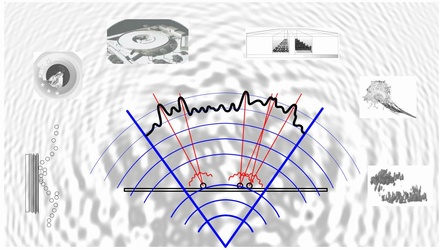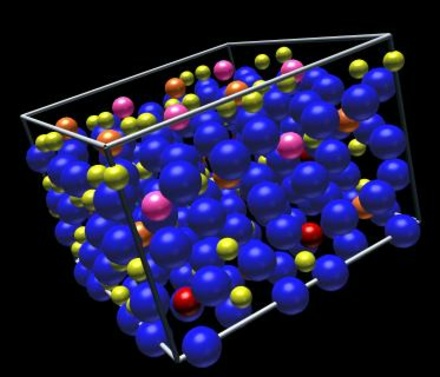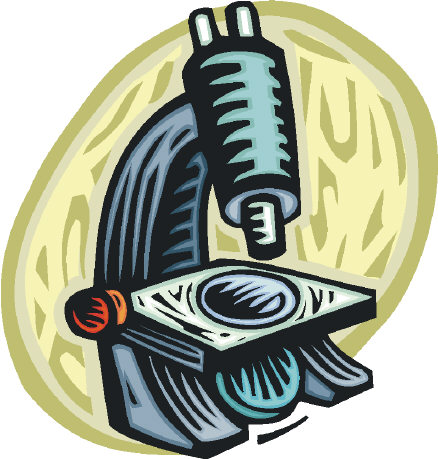Subscribe to the newsletter
[x]
Stay in touch with the scientific world!
Know Science And Want To Write?
Apply for a column: writing@science20.com
Donate or Buy SWAG
Please donate so science experts can write
for the public.
At Science 2.0, scientists are the journalists,
with no political bias or editorial control. We
can't do it alone so please make a difference.
We are a nonprofit science journalism
group operating under Section 501(c)(3)
of the Internal Revenue Code that's
educated over 300 million people.
You can help with a tax-deductible
donation today and 100 percent of your
gift will go toward our programs,
no salaries or offices.
- Berkeley STEM Teacher Peyrin Kao Criticized Israel - Was He Wrong To Get Suspended?
- Alcohol Causes Cancer - How Much Shouldn't Even Enter Your Thoughts
- Truth Or Consequences
- Christmas Gift Book Reviews - Clay By Franck Bouysse
- The Scorched Cherry Twig And Other Christmas Miracles Get A Science Look
- Living At The Polar Circle
Interesting insights from outside Science 2.0
© 2025 Science 2.0






